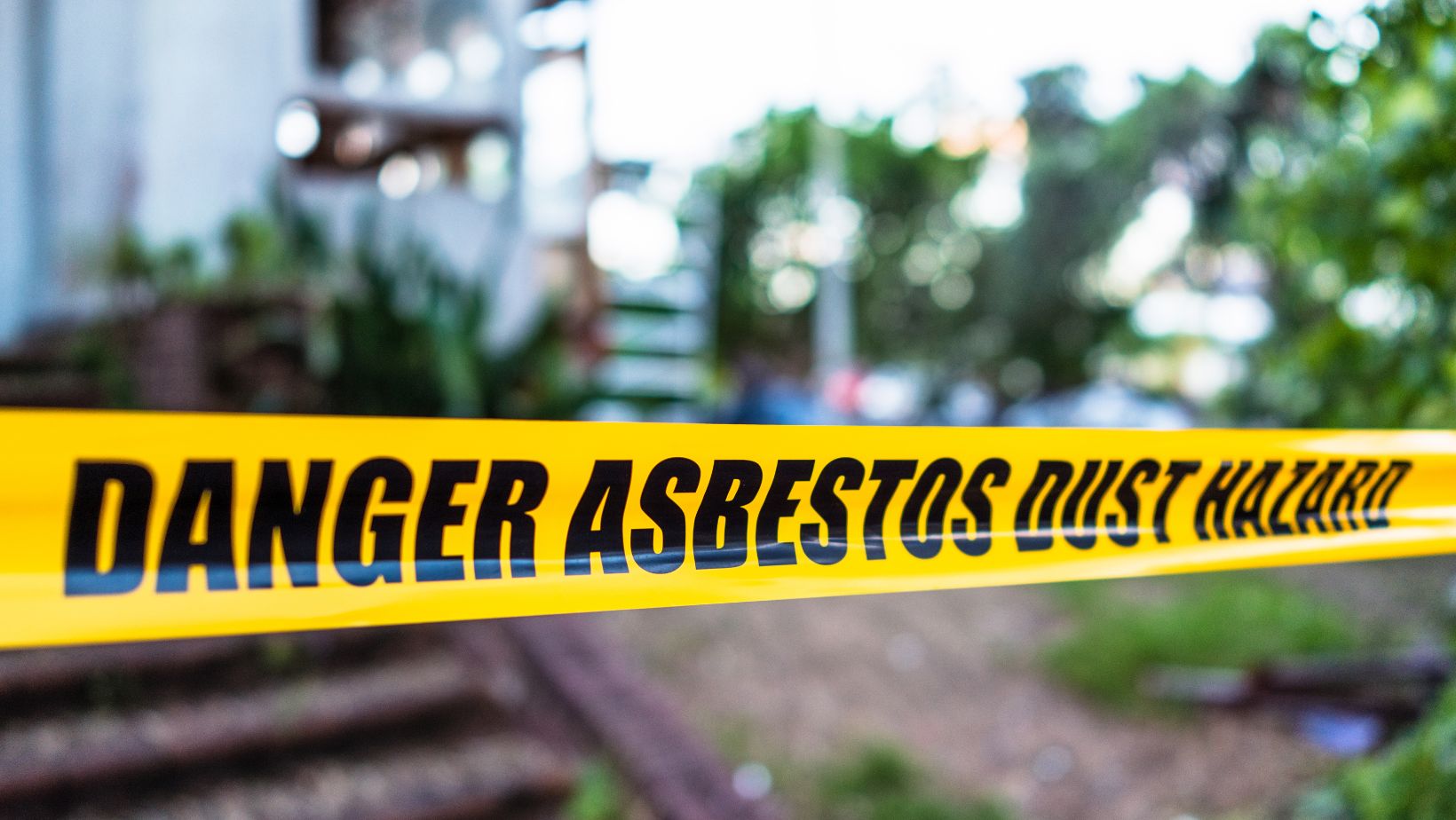Mesothelioma is a rare and aggressive cancer linked to asbestos exposure. Understanding expert advice on this connection can help you recognize risks, symptoms, and the importance of timely medical attention. Here is crucial information about how asbestos exposure leads to mesothelioma and what you need to know to protect yourself.
Understand Mesothelioma
Mesothelioma is a type of cancer that primarily affects the lining of the lungs (pleura) but can also occur in the lining of the abdomen (peritoneum), heart (pericardium), or testicles (tunica vaginalis). It is known for its long latency period, often taking 20 to 50 years after asbestos exposure for symptoms to appear. To understand what is mesothelioma, you can explore its causes, symptoms, and risk factors associated with asbestos exposure. The aggressive nature of this cancer makes early detection and treatment challenging.
The Role of Asbestos
Asbestos is a naturally occurring mineral that was once widely used in construction, automotive, and manufacturing due to its fire-resistant properties. When asbestos-containing materials are disturbed, they release microscopic fibers into the air. Inhalation or ingestion of these fibers can lead to their accumulation in the body, eventually causing mesothelioma.
- Fibers Become Airborne Easily: Asbestos is composed of tiny, durable fibers that can become airborne when disturbed. This can happen during activities such as construction, demolition, or even simple wear and tear on asbestos-containing materials. Once airborne, these fibers can be inhaled or ingested, leading to potential health risks.
- Long-Term Inhalation Risks: When asbestos fibers are inhaled, they can become trapped in the lungs or abdominal cavity. The body’s natural defense mechanisms are often unable to expel these fibers, causing them to accumulate over time. This persistent exposure can lead to inflammation and cellular damage, increasing the risk of mesothelioma.

- Latency Period of Asbestos-Related Diseases: One of the most dangerous aspects of asbestos exposure is its long latency period. Mesothelioma and other asbestos-related diseases may not become apparent until 20 to 50 years after initial exposure. This extended period makes early diagnosis challenging and highlights the importance of monitoring for symptoms long after exposure.
How Asbestos Exposure Causes Mesothelioma
When asbestos fibers are inhaled, they can become lodged in the lung tissue or lining. Over time, these fibers cause inflammation and scarring, leading to cellular damage. This damage can trigger mutations in the DNA of cells lining the mesothelial surfaces, resulting in the development of mesothelioma. The cancerous cells then grow uncontrollably, leading to serious health complications.
Risk Factors for Mesothelioma
Several factors increase the risk of developing mesothelioma. The most significant is occupational asbestos exposure. Workers in industries such as construction, shipbuilding, and automotive repair are at higher risk. Family members of these workers may also be exposed to asbestos fibers brought home on clothing. Additionally, living near asbestos mining sites or manufacturing facilities can elevate your risk.
- Occupational Exposure: Workers in industries such as construction, shipbuilding, and automotive repair are at high risk due to the regular handling of asbestos materials. Prolonged exposure, especially in environments where asbestos is not properly managed, significantly increases the likelihood of developing mesothelioma. Even brief, high-intensity exposure can be dangerous, making it crucial for workers to use protective gear and adhere to safety regulations.
- Secondary Exposure: Family members of individuals who work with asbestos can also be at risk through secondary exposure. Asbestos fibers can cling to clothing, tools, and personal items, which workers may bring home. Washing these contaminated items and cleaning the home environment thoroughly can help reduce the risk of secondary exposure.
Recognizing Symptoms of Mesothelioma
Early symptoms of mesothelioma can be vague and similar to other conditions. They include persistent cough, chest pain, shortness of breath, fatigue, and unexplained weight loss. Abdominal mesothelioma may cause swelling, pain, and digestive issues.

Due to the non-specific nature of these symptoms, it’s crucial to seek medical advice if you have a history of asbestos exposure.
Diagnostic and Treatment Options
Diagnosing mesothelioma involves imaging tests such as X-rays, CT scans, and MRIs, followed by biopsy procedures to confirm the presence of cancer cells. Treatment options vary depending on the stage and location of the cancer and may include surgery, chemotherapy, and radiation therapy. Multimodal treatment approaches often offer the best outcomes, but the prognosis remains challenging due to the disease’s advanced stage at diagnosis.
Preventing Asbestos Exposure
To minimize the risk of mesothelioma, it’s essential to avoid asbestos exposure. If you work in a high-risk industry, use appropriate protective gear and follow safety protocols. For homeowners, ensure any renovations or repairs in older buildings are conducted by professionals who can safely handle and remove asbestos-containing materials. Regular medical check-ups and monitoring are also crucial if you have a history of exposure.
Mesothelioma is a severe consequence of asbestos exposure with a long latency period and challenging diagnosis. Understanding the risks, recognizing symptoms early, and taking preventative measures can significantly impact your health and safety. If you suspect asbestos exposure or experience related symptoms, seek medical advice promptly to explore diagnostic and treatment options. Protecting yourself and staying informed are key steps in combating this deadly connection.


